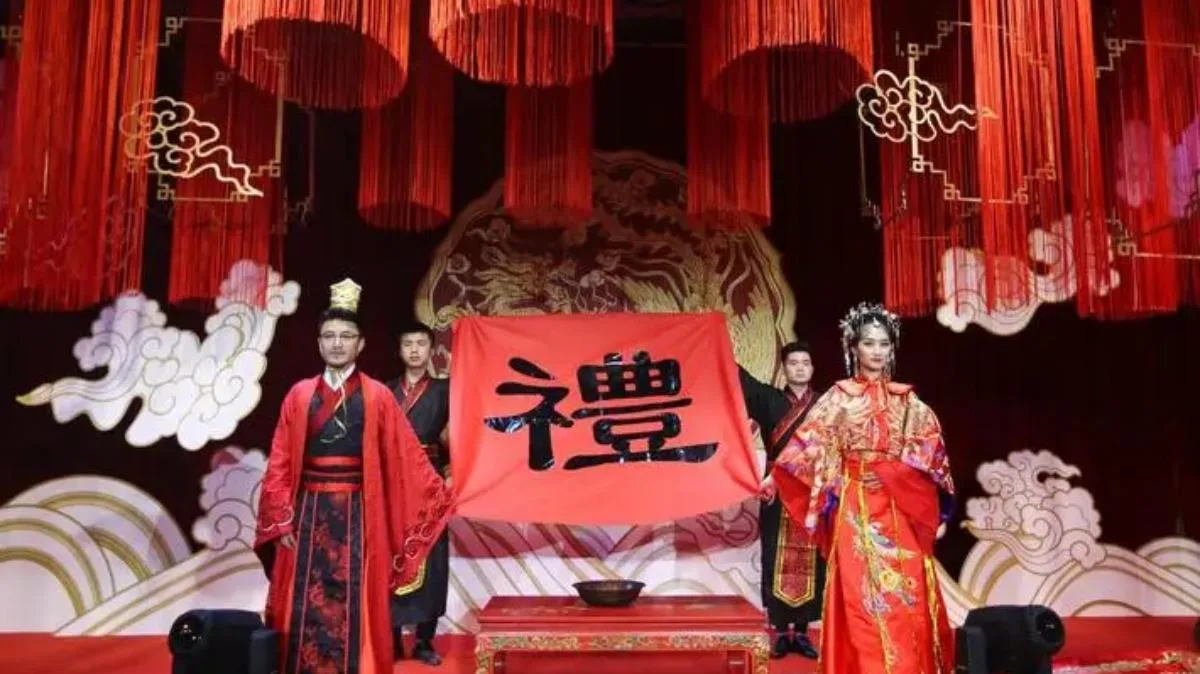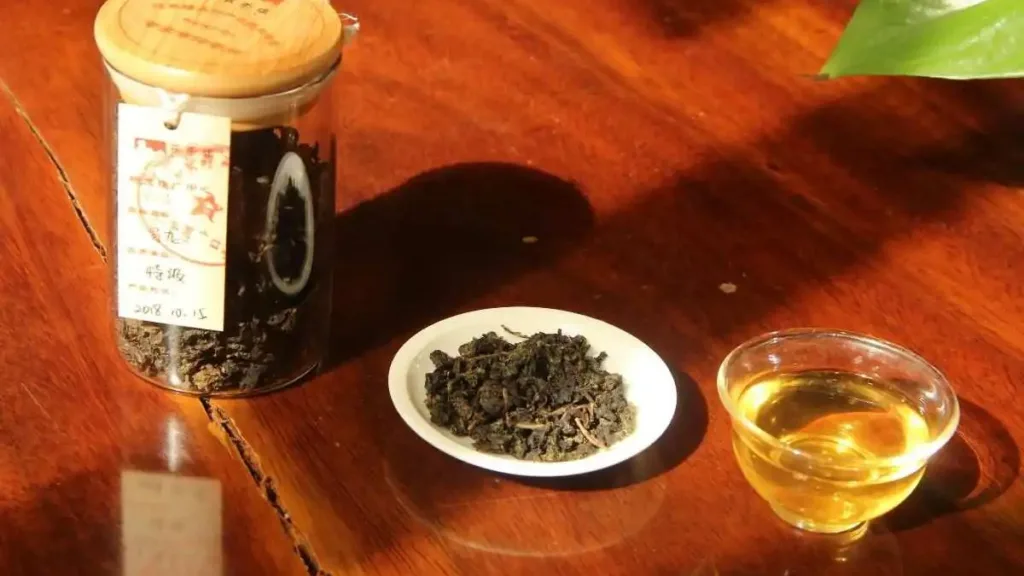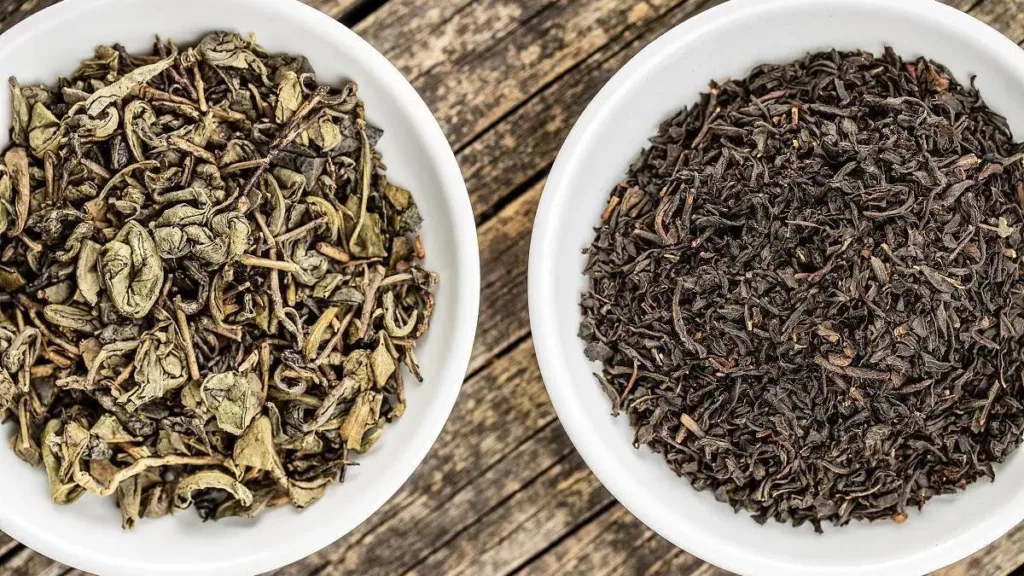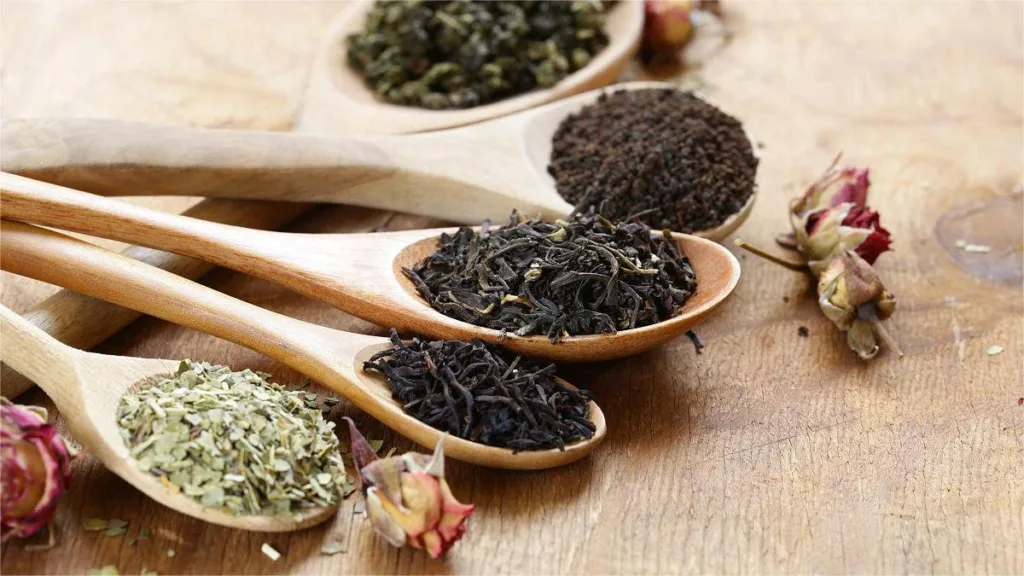The Chinese tea ceremony, also known as the “change of mouth” ceremony, stands as a significant and ceremonial element within wedding traditions. Even in the contemporary trend of destination weddings, many couples choose to preserve this ritual. But where should the tea ceremony take place, and what are the intricacies involved?
1. Choosing the Venue: In traditional weddings, the tea ceremony often takes place at the homes of the bride and groom separately, with each side conducting their ceremony. However, for destination weddings, couples frequently opt for hotels as the venue for the tea ceremony. Typically scheduled about 30 minutes before the welcoming ceremony, this timing ensures a sense of ceremony while maintaining the overall integrity of the wedding.
2. Selecting Tea Sets and Materials: The choice of tea sets and materials is crucial for the tea ceremony. Two pairs of tea cups, preferably auspicious single-color lidded bowls, are standard. It’s advisable to avoid inappropriate patterns such as characters representing longevity, dragons, or pine and cypress trees. During the ceremony, each tea cup may contain not only tea but also two red dates (symbolizing a harmonious union) and two unpeeled lotus seeds (representing a wish for a stable and enduring relationship).
3. Mastering the Gestures: Proper gestures during the tea ceremony are essential. The newlyweds should hold the tea cups with both hands, bowing their upper bodies slightly to extend the cups gracefully to their parents. This posture allows parents to receive the tea cups easily. Some couples choose to kneel while serving tea, expressing deep respect and gratitude to their parents.
4. Sequence of Tea Offering: The sequence of offering tea is a significant aspect of the ceremony. The groom usually begins by presenting the first cup of plain tea to the father, then the mother, followed by a change of speech expressing gratitude. The bride mirrors this sequence. Subsequently, tea is offered to grandparents, uncles, aunts, elder siblings, and cousins, maintaining the order of seniority. Once completed in the bride’s home, the couple moves to the groom’s home to repeat the ceremony.
5. Red Packet Etiquette: The red packet, or hongbao, symbolizes good luck and prosperity. The amount inside is often chosen with symbolic meanings. Numbers such as 999 or 9999 represent long-lasting relationships, while 1001 or 10001 imply finding the perfect match. When receiving red packets, the couple should do so with respect, using both hands, and express gratitude to their parents.
6. Alternative Tea Ceremony Styles: Apart from the traditional ceremony, there are alternative forms of the tea ceremony. Instead of only serving parents, the couple might involve the guests. The first cup could be jasmine tea, presented to friends and family attending the wedding, expressing gratitude for their blessings. The second cup, red tea from the bride to the groom, symbolizes a passionate and lively future. The third cup, Tie Guan Yin (Iron Goddess of Mercy) from the groom to the bride, represents the hope for fertility. The final cup, Pu’er tea, is offered to both sets of parents, expressing gratitude for their upbringing.
In conclusion, the Chinese tea ceremony, with its rich symbolism and cultural significance, can be a beautiful addition to any wedding. Choosing the right venue, adhering to the correct gestures, and incorporating symbolic elements ensure a meaningful and memorable ceremony. May all couples find satisfaction in their wedding ceremonies and enjoy enduring happiness together.



